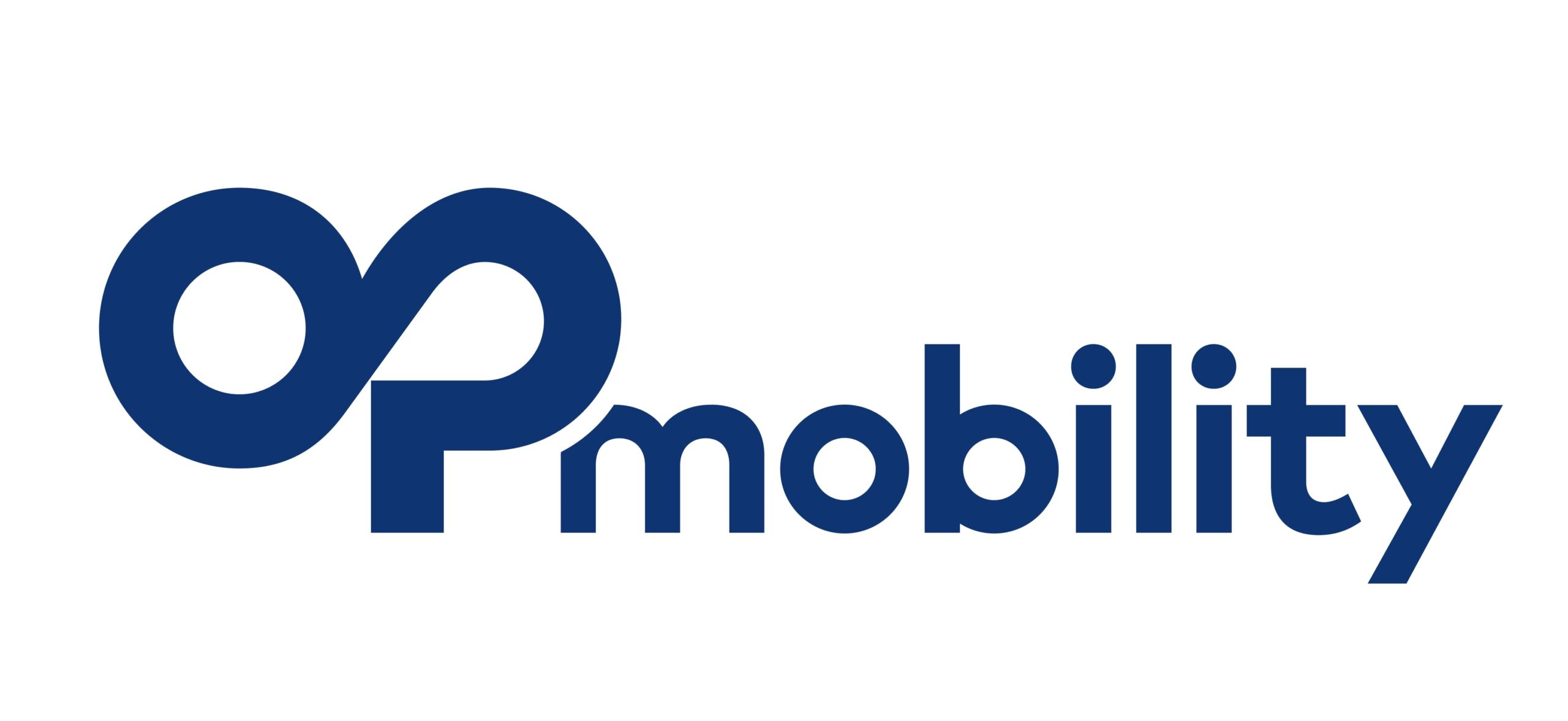Modern industrial production lines must be set up with robust defect inspection modules that are able to withstand high product variability. This means that in a context of industrial production, new defects that are not yet known may appear, and must therefore be identified.
On industrial production lines, the typology of potential defects is vast (texture, part failure, logical defects, etc.). Inspection systems must therefore be able to detect non-listed defects, i.e. not-yet-observed defects upon the development of the inspection system. To solve this problem, research and development of unsupervised AI algorithms on real-world data is required.
Renault Group, OPMobility, Continental and the Université de technologie de Compiègne (Roberval and Heudiasyc Laboratories) have jointly developed the Automotive Visual Inspection Dataset (AutoVI), the purpose of which is to be used as a scientific benchmark to compare and develop advanced unsupervised anomaly detection algorithms under real production conditions. The images were acquired on Renault Group's automotive production lines, in a genuine industrial production line environment, with variations in brightness and lighting on constantly moving components. This dataset is representative of actual data acquisition conditions on automotive production lines.
The dataset contains 11 classes, 7184 images, split into training images and testing images.
Metadata
We provide Croissant metadata and a datasheet (Datasheets for Datasets).
Citation
Please use the following to cite AutoVI in research documents:
@misc{Carvalho2023AutoVI,
title = {The Automotive Visual Inspection Dataset (AutoVI): A Genuine Industrial Production Dataset for Unsupervised Anomaly Detection},
author = {Philippe Carvalho, Meriem Lafou, Alexandre Durupt, Antoine Leblanc and Yves Grandvalet},
year = {2024},
doi = {https://doi.org/10.1016/j.compind.2024.104151}
doi_dataset = {https://doi.org/10.5281/zenodo.10459003}
}




